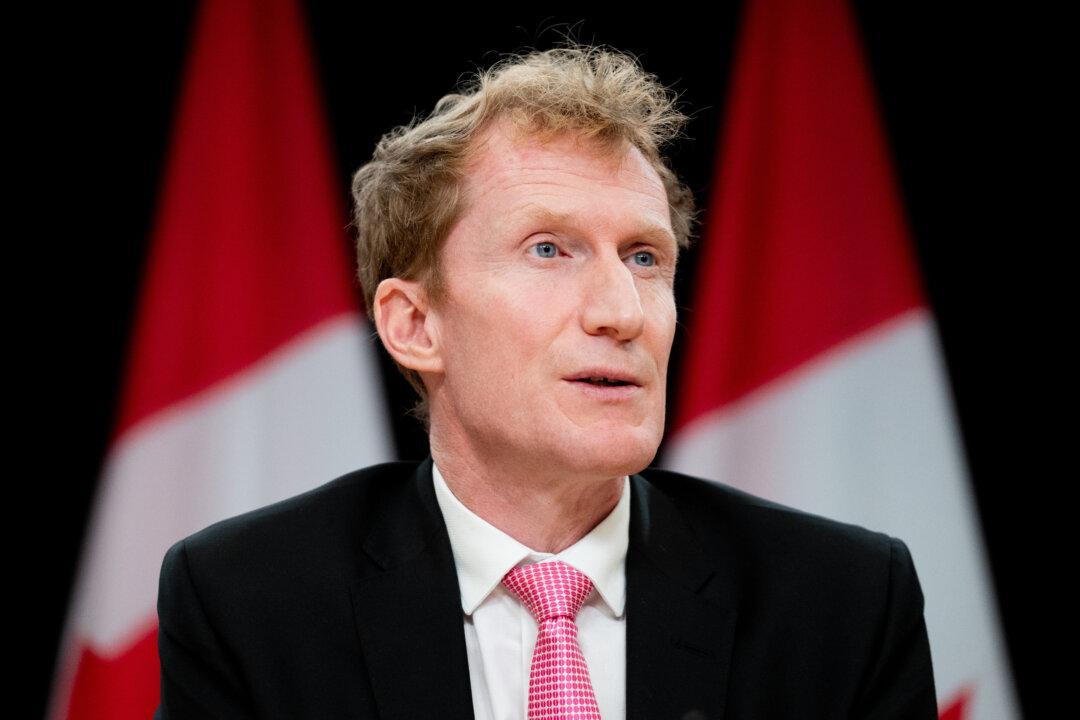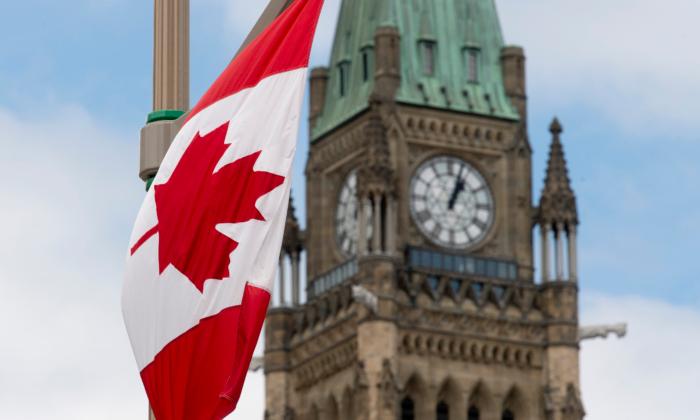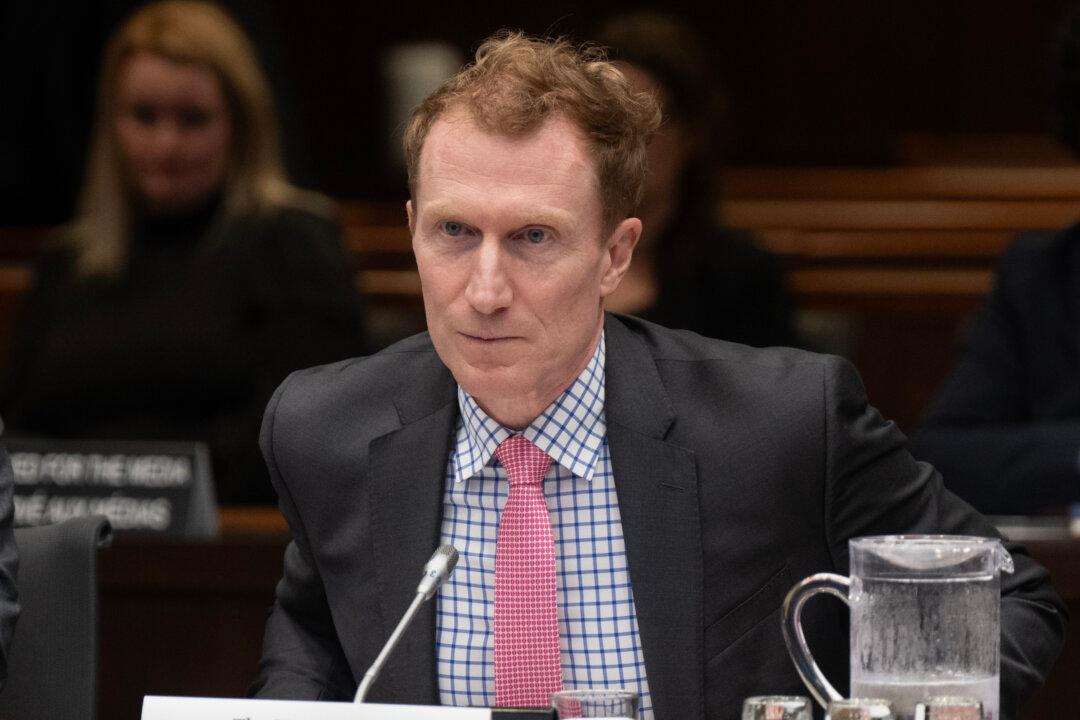Canada is considering putting a cap in the coming months on the number of international students allowed to live in the country, according to federal Immigration Minister Marc Miller.
In an
interview on CTV’s Question Period program aired on Jan. 14, Mr. Miller said he will be looking at the possibility of setting a cap on international students in the first half of this year to help reduce housing demand in Canada.
“That volume is disconcerting,” said Mr. Miller, referring to the number of international students in Canada. “It’s really a system that has gotten out of control.”
Mr. Miller told host Vassy Kapelos that a cap on international students would not be a “one-size-fits-all solution to addressing all housing problems in Canada,” which he said include the two elements of supply and affordability.
He also stressed that it would need to be a conversation between the federal and provincial governments “to make sure that the provinces that have not been doing their jobs actually rein in those numbers on a pure volume basis.”
The minister declined to specify the extent of the reduction he will be considering, saying that discussions need to take place with his provincial colleagues first.
According to data released by
Statistics Canada in December, the country’s population grew by more than 430,000 during the third quarter of 2023, marking the fastest pace of population growth in any quarter since 1957.
The growth over those three months, which put Canada’s population estimate at more than 40.5 million, has been fuelled by international migration, the agency said. It noted that about 313,000 of the 430,000 were non-permanent residents who were mostly international students and migrant workers.
The issue of housing has become a political liability for the Liberal government as it continues to face criticism over its policy welcoming more immigrants amid acute housing shortage and affordability.
‘Misalignment’ With Housing Supply
The
current immigration levels set by cabinet in November 2022 aims to bring in 485,000 people in 2024 and 500,000 in 2025. The government said at the time that the plan was meant to “grow the economy” due to “critical labour market shortages” post-pandemic.
Public opinion research conducted by Immigration, Refugees and Citizenship Canada (IRCC) in early 2023 indicated that most participants saw new immigrants positively, suggesting that they contribute to cultural diversity and community enrichment. However, some significant worries were raised as well, regarding communities’ need to plan for accommodating more immigration and more permanent residents.
Key issues identified included housing shortages and affordability, the rising cost of living, infrastructure and transportation, access to health care and shortages in health-care staff and funding, and support for newcomers in the education system.
Meanwhile, The Canadian Press (CP) reported on Jan. 11 that Ottawa
had been warned in 2022 that a major increase in immigration could jeopardize housing costs and services.
Citing internal documents obtained through an access-to-information request, CP noted that the Trudeau government was warned by IRCC two years ago that population growth had “exceeded the growth in available housing units” and that there was a “misalignment between population growth and housing supply, and how permanent and temporary immigration shapes population growth.”
Discussing Volumes and Impact
Asked why Ottawa is only considering a cap now, when the idea was suggested a few months ago already at the August cabinet retreat in Prince Edward Island, Mr. Miller said there was a need to “get our own house in order federally” before looking with “a little more granularity” at the provincial level.Federal Housing Minister Sean Fraser
put forward the idea in August 2023 in an attempt to ease the housing crisis while also looking to tackle long-standing problems related to the international student program. Those problems include cases of fraud and exploitation by consultants and shady educational institutions.
On Dec. 7, 2023, Mr. Miller went on to
announce that the government would double the amount of money international students must show they have for supporting themselves in Canada, from $10,000 to $20,635
—not including tuition—starting Jan. 1, 2024.
“We need to be doing our jobs and making sure that we have a system that actually makes sure people have a financial capability to come to Canada, that we’re actually verifying offer letters,” said Mr. Miller on CTV’s Question Period.
“And now it’s time for us to have a conversation about volumes and the impact that that is having in certain areas.”
The minister added that housing is only part of the calculation when it comes to immigration targets. Given the country’s aging population, the federal government also needs to consider bringing down the average age of the workforce, he
said, noting that Canada has been able to do so because of immigration.
The Canadian Press and William Crooks contributed to this report.







